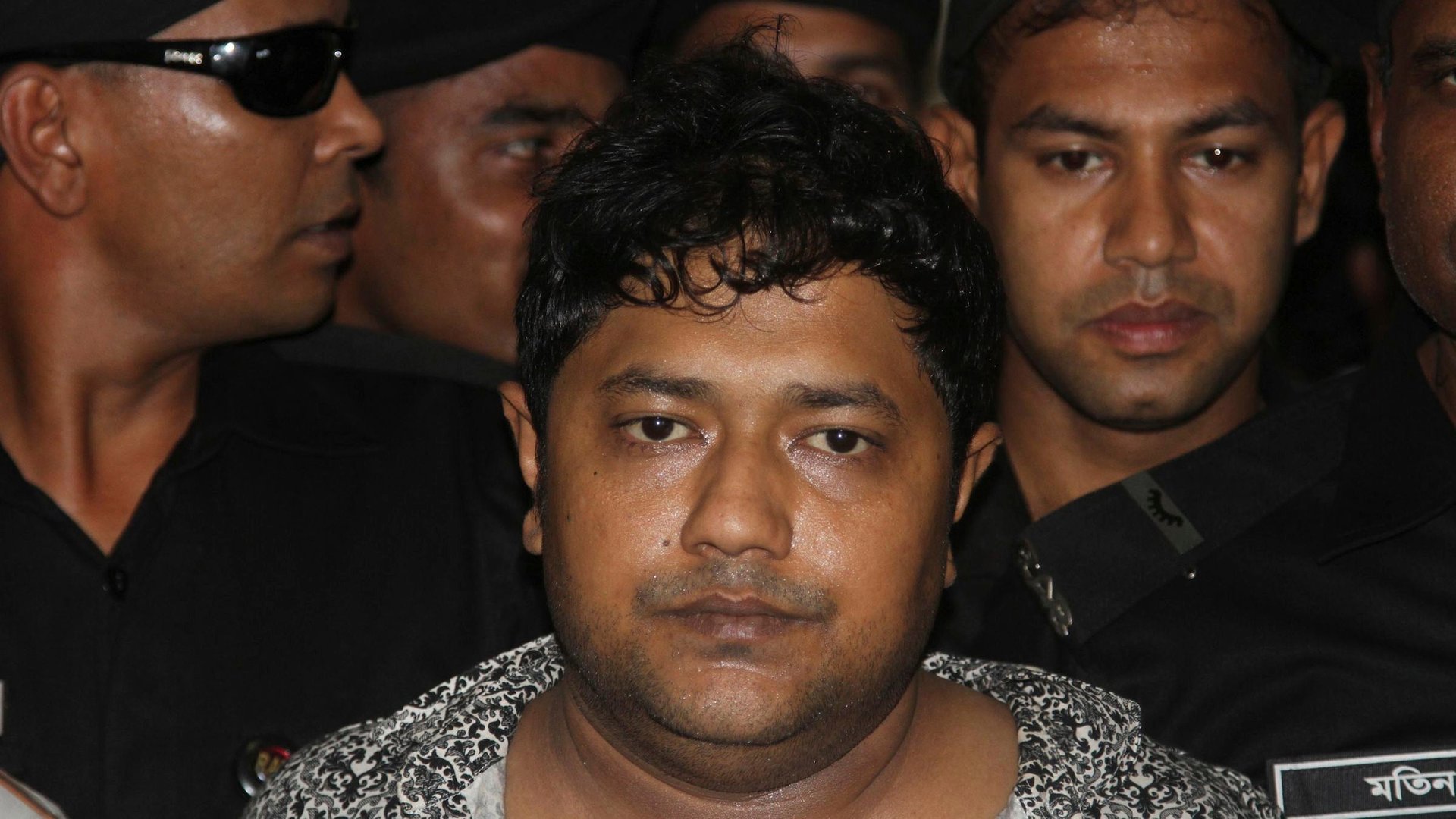At last, the owner of the collapsed garment factory in Bangladesh has nowhere to hide
Finally.


Finally.
Bangladesh’s Anti-Corruption Commission has filed construction violation charges against 18 people involved in the Rana Plaza Factory collapse. More than 1,130 people—most of them female garment workers—were killed in the April 2013 collapse. Among those charged is Mohammad Sohel Rana, the building’s owner.
He has been described as a mafioso-like ”mastan” who traveled with a criminal gang and greedily strong-armed those who opposed him. (One even claimed the Bangladeshi businessman had forcibly taken the land where the doomed factory stood.) The day before the collapse at Rana Plaza, an alarmed engineer warned its owner about dangerous cracks in the structure. Rana, busy holding court with local journalists, called the cracks “no problem.” Workers were ordered to return inside.
The style of doing business has since been held up as the worst kind of greed and criminal negligence that thrives in a globalized garment industry where workers in under-regulated, poverty-stricken countries pay the ultimate price for cheap fast fashion.
Here are just some of the ways Rana allegedly tried to avoid taking responsibility for the disaster at his building.
- He hid. On April 23, Rana told owners of factories housed in the building not to worry about cracks in its structure. ”After getting the green signal from the plaza owner, all the garment factories opened,” said Bangladesh Garment Manufacturers and Exporters Association President Mohammad Atiqul Islam. The following day, the building started to tremble and collapsed upon the workers inside. While their reeling families searched for loved ones in the debris, Rana was nowhere to be found.
- He ran for the Indian border. While rescuers frantically searched for people still breathing under Rana Plaza’s tons of twisted metal and crumbled concrete, Bangladesh’s Rapid Action Battalion apprehended its owner trying to flee the country in the border town of Benapole after a four-day manhunt.
- He let his parents take the fall. Last month, the Anti-Corruption Commission filed charges against 17 individuals, including Rana’s parents, whose names appeared on ownership documents and design approvals while his did not. Rana was not among those charged until this week. ”The charge sheet has been filed against 18 people, including Rana after further investigation found [Rana’s] involvement,” commission spokesman Pranab Kumar Bhattachajee told Reuters.